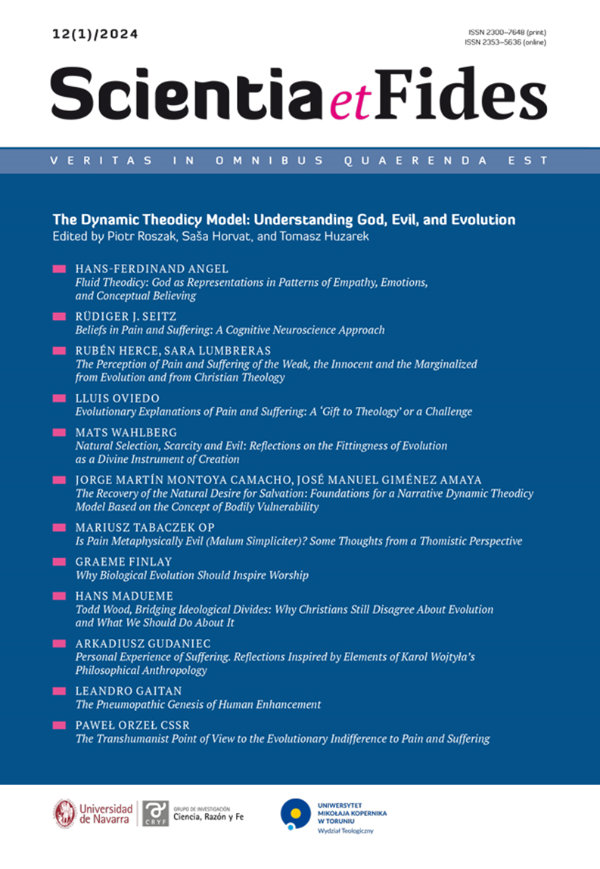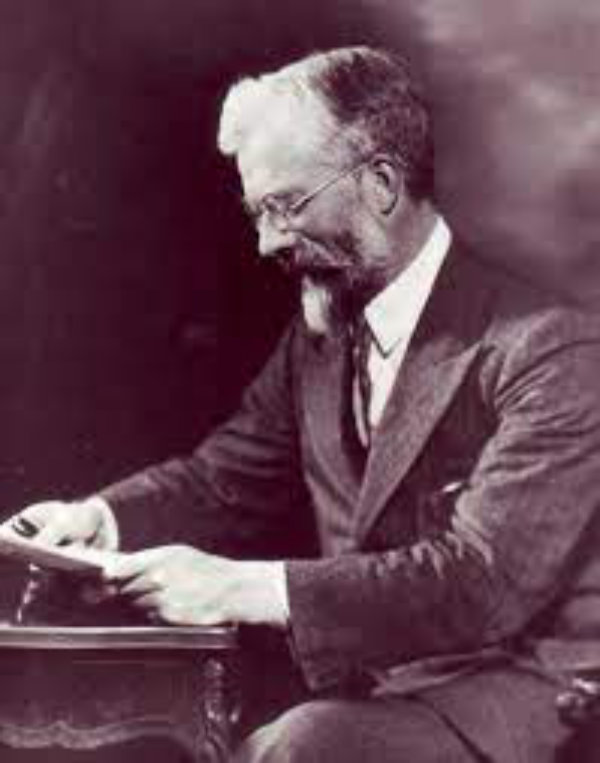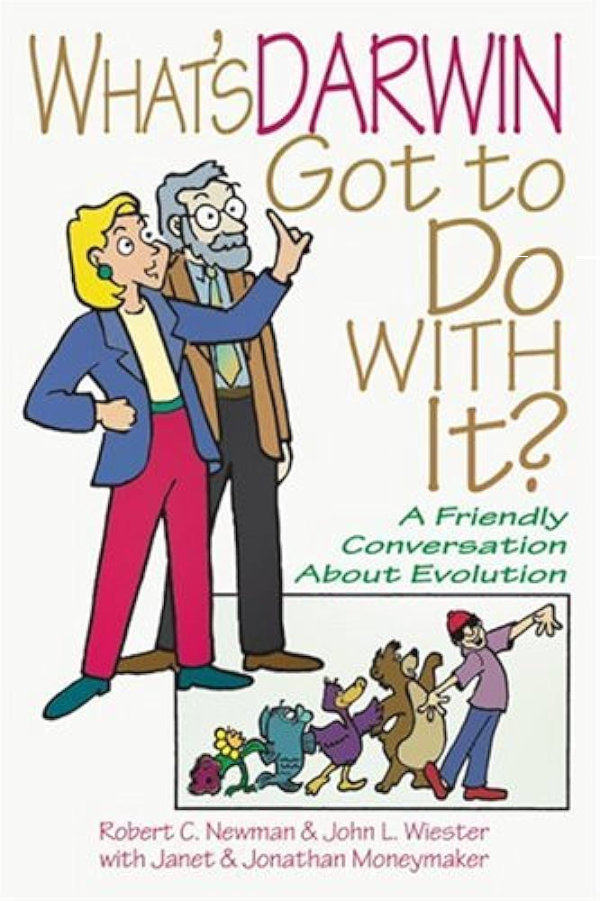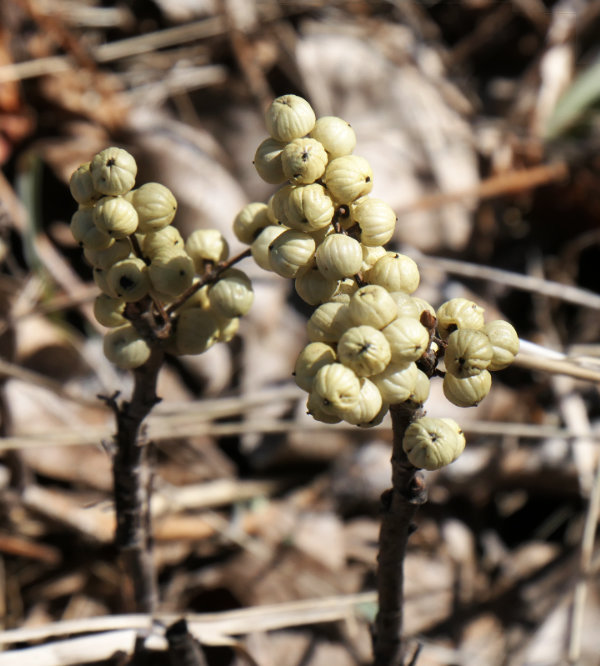Intelligent Design for Dummies, Part 2

This is Part 2 of 2. You may find Part 1 here .
The Third Problem
“Finally, your story has a practical problem,” Questor says: “Is the panda’s thumb a poor design?” — whereupon a panda peeks its head through the panel and confides, “I rather like it, you know” (page 78). In essence, she is attacking premise (4) of Teller’s argument, by a clever appeal to the literature. Questor is presumably a college biology professor, and Wiester, who provided “the science input” for WDGDWI, is a college biology professor. Where do they go to get the information on the panda’s thumb? The Encyclopedia Americana, which Questor quotes as saying that the panda’s thumb “enables the panda to eat bamboo efficiently” and to “handle stems with great dexterity” (page 78, charmingly illustrated with a panda twirling stalks of bamboo in drum-major fashion). Gould, in contrast, consulted D. Dwight Davis’s monograph The Giant Panda (1964), which he characterized as “the greatest work of modern evolutionary comparative anatomy” (Gould 1980: 22).
Regardless of the far-from-authoritative nature of their source, Newman and Wiester’s emphasis on the efficiency of the panda’s thumb reveals that they have again misrepresented Gould’s argument, apparently due to their conflation of two senses in which it is possible for design (or, if you prefer, “design”) to be suboptimal. In the first sense, a biological feature is suboptimally designed if it accomplishes its function not as efficiently as it (or a plausible substitute) might. Thus in the first sense, to say that the panda’s thumb is suboptimally designed is to say that it is not as useful for stripping leaves from bamboo as it (or a plausible substitute) might be. In the second sense, however, a biological feature is suboptimally designed if it is not designed as well as it might have been, that is, if the process whereby it acquired the ability to accomplish its function was not as efficient as it (or a plausible substitute) might have been. That there is such a sense of what it is for design to be suboptimal is testified to by the computer engineer’s word “kludge,” which refers to a clumsy and inelegant, but not necessarily ineffective, solution to a problem. In the second sense, to say that the panda’s thumb is suboptimally designed is to say that the process whereby it acquired the ability to strip leaves from bamboo was a kludge.




